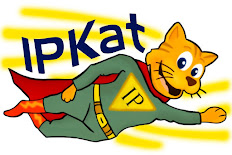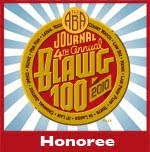Streaming providers and the lost trade marks: Napster, Megaupload

Reviewed by
Unknown
on
Tuesday, December 31, 2013
Rating:
5
Messaging patent still invalid - Court of Appeal upholds Arnold J
.png)
Reviewed by
Darren Smyth
on
Tuesday, December 31, 2013
Rating:
5
Monk fruit, the soft drink industry and the IP challenge

Reviewed by
Neil Wilkof
on
Tuesday, December 31, 2013
Rating:
5
Authors Guild appeals Google Books decision

Reviewed by
Eleonora Rosati
on
Tuesday, December 31, 2013
Rating:
5
Taking the p*** -- or merely retaining it? When trospium chloride can't be overstuck

Reviewed by
Jeremy
on
Monday, December 30, 2013
Rating:
5
Letter from AmeriKat: Disney's Frozen, Google's Rockstar lawsuits & USPTO's Hague Agreement

Reviewed by
Annsley Merelle Ward
on
Sunday, December 29, 2013
Rating:
5
Breaking News: Sherlock is (Partly) Free of Copyright in the US

Reviewed by
Miri Frankel
on
Saturday, December 28, 2013
Rating:
5
A Kat's 2013 Copyright Awards

Reviewed by
Eleonora Rosati
on
Friday, December 27, 2013
Rating:
5
Contingent abuse of process? No way says Patents Court

Reviewed by
Jeremy
on
Friday, December 27, 2013
Rating:
5
Banking on IP? Apparently not, UK Intellectual Property Office study finds

Reviewed by
Annsley Merelle Ward
on
Friday, December 27, 2013
Rating:
5
 Reviewed by Unknown
on
Tuesday, December 31, 2013
Rating:
Reviewed by Unknown
on
Tuesday, December 31, 2013
Rating:
 Reviewed by Unknown
on
Tuesday, December 31, 2013
Rating:
Reviewed by Unknown
on
Tuesday, December 31, 2013
Rating:
.png)











![[Guest post] Can AI be considered a PHOSITA? Policy debates in the US and the EU](https://blogger.googleusercontent.com/img/b/R29vZ2xl/AVvXsEggxDO6mW5r4n3-06Af5ckmIaMIhzgPJBoDP8AUsSYXY2zajUQt1ObGVn_GhCgidbG_YDVnybQuJ5XoAjjBG9Ws2xJWDQHNPMrLkn526SWIG371X_Kjt1E8tJmn8Ae_20Phyphenhyphen09JeuUOhhTR3aZE9lMRQlqHGQGcAWGxlo91rrKcLk0AfUjWCvw6RQ/s72-c/Two-cats-eating.jpg)











